The Sizzling Secrets of Tandoori Spice Blend: 7 Smoky Flavors You Can’t Ignore
When it comes to bold flavors and aromatic profiles, few spice blends hold a candle to the iconic tandoori spice blend. This vibrant mix is the heartbeat of Indian cuisine, especially when fired up in the legendary clay oven known as the tandoor. But here’s the kicker — it’s not just for chefs or foodies with access to a massive clay oven. Whether you’re grilling on your backyard barbecue, roasting in your oven, or simply marinating chicken for dinner, tandoori spices can transform your dishes from ordinary to extraordinary.
In this article, we’ll uncover the history behind this beloved spice blend, break down its essential ingredients, and share some pro tips to help you make the most of it in your own kitchen. Plus, we’ve included a comprehensive buying guide so you can find the best tandoori spice blend for your taste buds and cooking style.
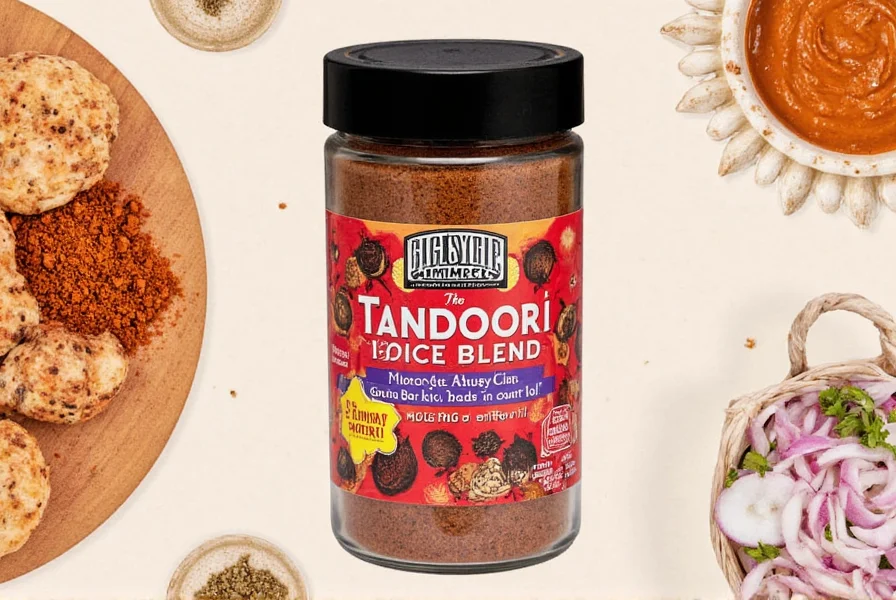
Table of Contents
- A Journey Through Time: The Origins of Tandoori Spice
- Cracking the Code: What Makes Up Tandoori Spice?
- Top 7 Pro Tips for Using Tandoori Spice Like a Chef
- Buying Guide: Finding Your Perfect Tandoori Match
- DIY Magic: How to Make Your Own Tandoori Spice Blend
- Beyond the Chicken: Creative Uses for Tandoori Spice
- Frequently Asked Questions About Tandoori Spice Blends
A Journey Through Time: The Origins of Tandoori Spice
The roots of tandoori seasoning stretch deep into the cultural fabric of South Asia. Traditionally used in the Punjabi region of India and Pakistan, the blend was crafted to complement the high heat of the tandoor — a cylindrical clay oven that could reach temperatures over 900°F (480°C). This extreme heat allowed meats to cook quickly while sealing in moisture and absorbing the smoky aromas of the fire and clay.
Tandoori cuisine gained international fame in the mid-20th century when Indian restaurants began serving colorful, flame-grilled dishes like tandoori chicken to curious Western palates. Today, thanks to global travel and digital recipe sharing, tandoori spice is no longer confined to restaurant kitchens but has found its way into home pantries across the world.
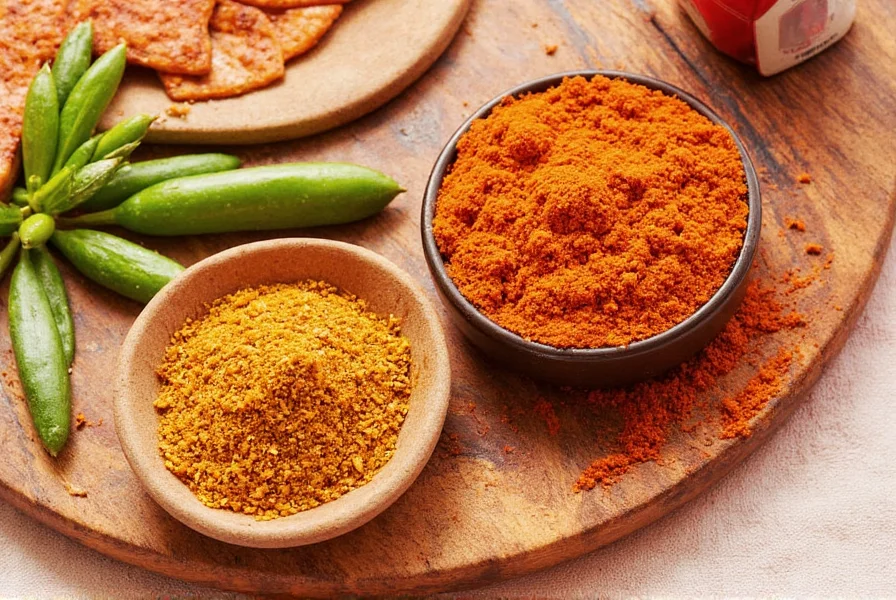
Cracking the Code: What Makes Up Tandoori Spice?
While there are countless variations of tandoori spice blends out there — each family or chef adding their own twist — most versions share a core group of spices that deliver that signature flavor profile: earthy, spicy, slightly sweet, and smoky.
| Spice | Role in the Blend | Flavor Profile |
|---|---|---|
| Kashmiri Chili Powder | Adds mild heat and vibrant red color | Earthy, fruity, slightly sweet |
| Cumin | Provides warmth and depth | Bitter, nutty, smoky |
| Coriander | Offers floral and citrus notes | Warm, lemony, peppery |
| Ginger | Contributes zesty brightness | Spicy, pungent, warm |
| Garlic Powder | Adds savory umami kick | Pungent, rich, roasted |
| Paprika | Enhances color and adds sweetness | Mild, sweet, slightly bitter |
| Fenugreek | Lends bitterness balanced by maple-like sweetness | Bitter, nutty, caramel-like |
| Salt | Seasons and balances other spices | Briny, savory, enhances flavor |
| Cardamom (optional) | Provides exotic, floral aroma | Fragrant, sweet, herbal |
Top 7 Pro Tips for Using Tandoori Spice Like a Chef
- Marinate overnight: For maximum flavor penetration, let your meat soak in the spice mixture for at least 6–8 hours, ideally overnight.
- Use yogurt as a base: Yogurt helps tenderize proteins and allows the spices to adhere better. Plus, it keeps your meat juicy during cooking.
- Avoid overcrowding the pan: When grilling or baking, ensure even spacing so each piece gets crispy and caramelized.
- Add garam masala at the end: If you want a more complex finish, sprinkle a pinch of garam masala after cooking instead of blending it in beforehand.
- Balance heat with sweetness: A touch of honey or brown sugar can mellow out the spiciness and enhance caramelization.
- Toast the spices first: Dry-roasting the spice blend before mixing intensifies the aromatics and creates a richer flavor base.
- Don’t skip the lemon!: A squeeze of fresh lemon juice right before serving brightens the entire dish.
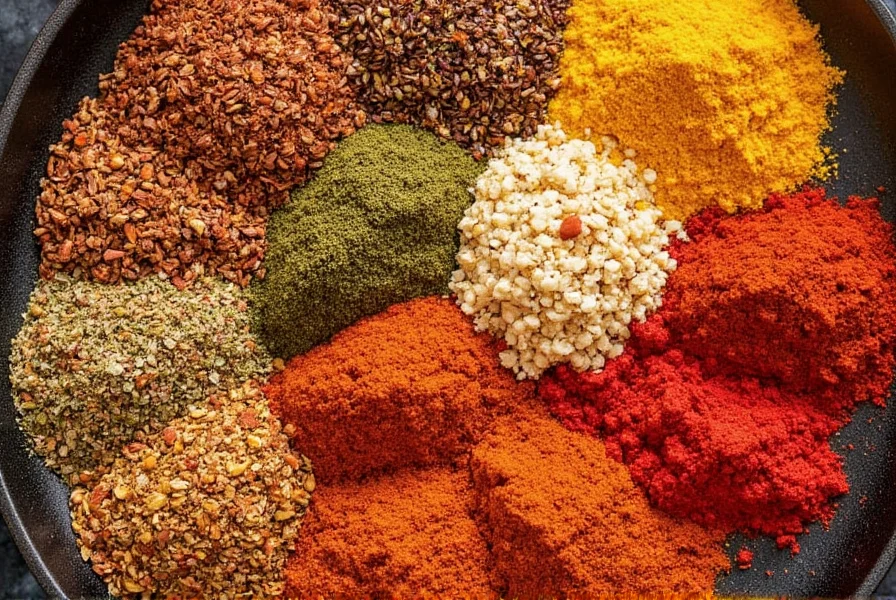
Buying Guide: Finding Your Perfect Tandoori Match
If making your own spice blend isn't your thing (no judgment!), there are plenty of ready-made options available on the market. Here’s how to choose the right one for your needs:
| Brand | Heat Level | Best Feature | Use Case | Target Audience |
|---|---|---|---|---|
| Maggi Tandoori Masala | Medium | Well-balanced, classic flavor | Quick meals, tandoori chicken | Beginners, busy cooks |
| MDH Tandoori Masala | High | Authentic, robust flavor | Restaurant-style dishes | Experienced home cooks |
| Veeba Organic Tandoori Mix | Low-Medium | Organic, preservative-free | Health-conscious users | Families, vegetarians |
| Shan Tandoori Mix | Very High | Strong aroma, perfect for grilling | Barbecue lovers, outdoor cooking | Spice enthusiasts |
| Himalaya Kitchen Tandoori Seasoning | Medium-High | Smoky, complex profile | Fusion dishes, kebabs | Foodie adventurers |
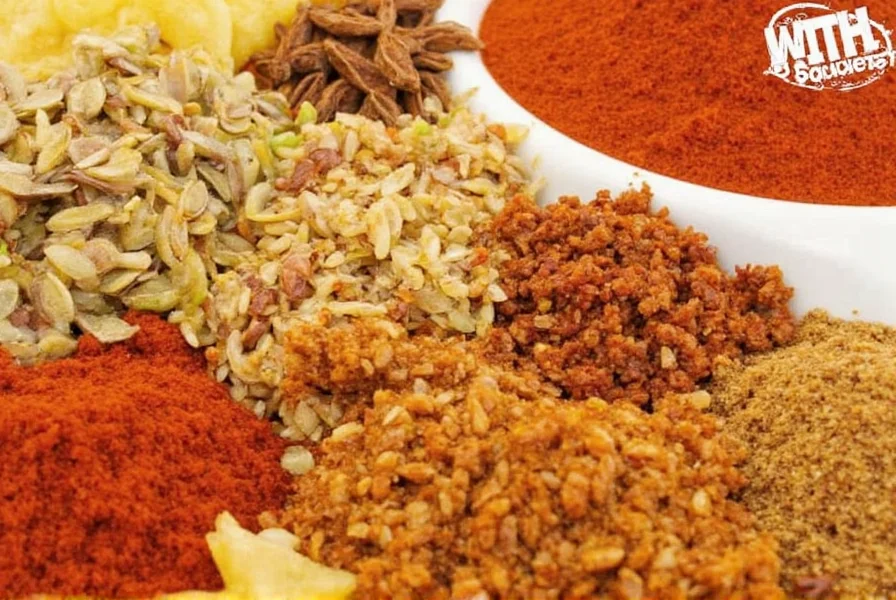
DIY Magic: How to Make Your Own Tandoori Spice Blend
Creating your own tandoori spice blend is easier than you think — and the payoff is huge. Here's a simple, flexible recipe you can tweak based on your preferences:
Homemade Tandoori Spice Recipe
- 2 tbsp Kashmiri chili powder
- 1 tbsp ground cumin
- 1 tbsp ground coriander
- 1 tsp ginger powder
- 1 tsp garlic powder
- 1 tsp paprika
- ½ tsp fenugreek powder
- 1 tsp salt (adjust to taste)
- ½ tsp cardamom (optional)
Mix all ingredients thoroughly and store in an airtight container away from light and moisture. Use within 3–4 months for peak flavor.
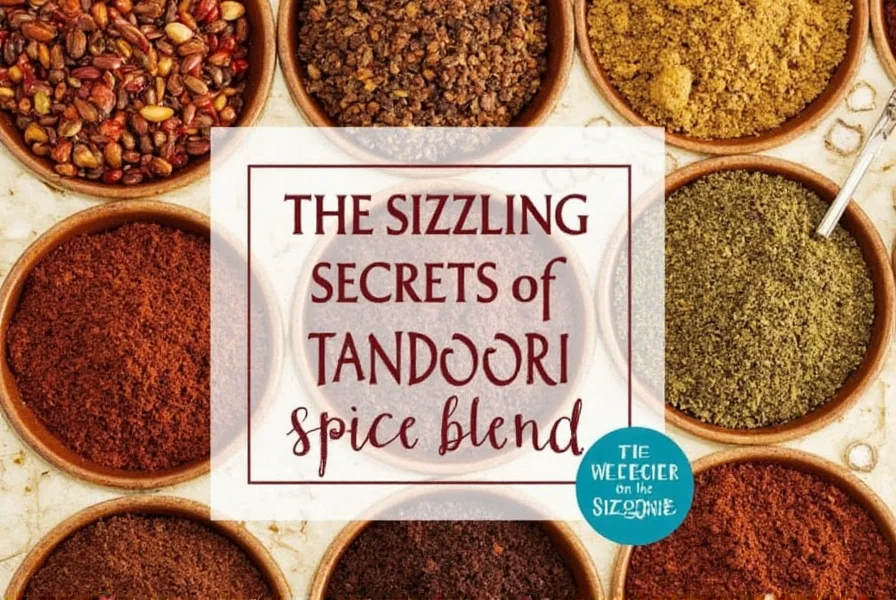
Beyond the Chicken: Creative Uses for Tandoori Spice
Think outside the tandoor! Tandoori spice isn’t just for meat. Here are some fun and flavorful ways to use it beyond the classic chicken tikka:
- Tandoori Popcorn: Sprinkle over freshly popped kernels for a spicy, fragrant snack.
- Tandoori Roasted Vegetables: Toss eggplant, cauliflower, or carrots in a tandoori-yogurt marinade and roast until golden.
- Spiced Hummus: Add a teaspoon to your next batch of hummus for a Middle Eastern/Indian fusion twist.
- Tandoori Rice: Stir into rice with peas and onions for a colorful biryani-style side.
- Tandoori Shrimp Skewers: Lighter protein option that absorbs flavor beautifully.
- Spice-Rubbed Fries: After frying, toss potatoes in a little oil and tandoori spice for a bold, crunchy treat.
- Tandoori Butter: Mix with softened butter and slather on grilled corn or flatbread.
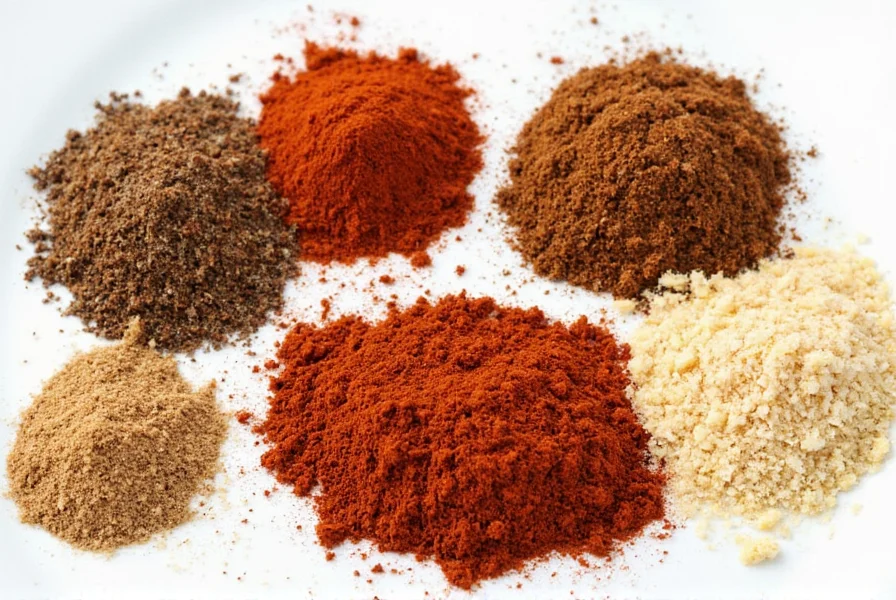
Frequently Asked Questions About Tandoori Spice Blends
Can I use tandoori spice instead of garam masala?
Nope — they’re different! While both are popular Indian spice blends, tandoori is specifically formulated for grilling and marination, whereas garam masala is often added toward the end of cooking for warmth and complexity.
Is tandoori spice always hot?
Not necessarily. The heat level depends on the amount of chili used. Many commercial blends offer mild or medium options.
How long does homemade tandoori spice last?
Stored properly, your DIY blend should stay fresh for about 3–4 months. Always keep it sealed and away from moisture and sunlight.
What if I don’t have yogurt? Can I still marinate?
Absolutely! Try using sour cream, buttermilk, or even coconut milk as alternatives depending on your dietary preferences.
Is tandoori spice vegan-friendly?
Most blends are vegan, but always check for animal-derived additives like gelatin. For extra assurance, go homemade!
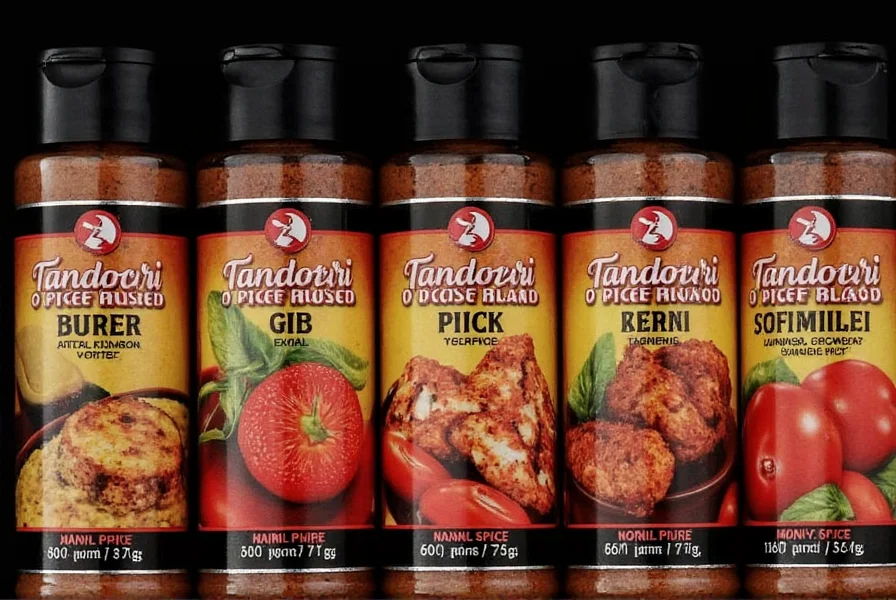
Conclusion
The beauty of tandoori spice lies in its versatility, depth, and sheer sensory appeal. Whether you're roasting, grilling, or simply sprinkling it on your popcorn, this spice blend opens the door to a world of bold flavors. By understanding its components and experimenting with usage, you can tailor it to suit your palate and lifestyle perfectly.
So go ahead — embrace the heat, the color, and the magic of tandoori spice. Your kitchen will never be the same again.

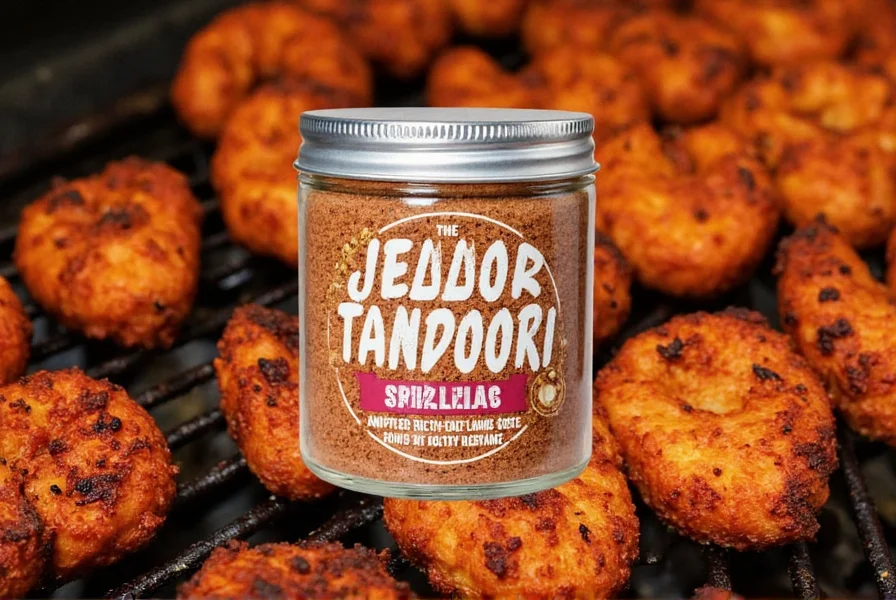









 浙公网安备
33010002000092号
浙公网安备
33010002000092号 浙B2-20120091-4
浙B2-20120091-4